Photo by James Ransom

It's here: Our game-changing guide to everyone's favorite room in the house. Your Do-Anything Kitchen gathers the smartest ideas and savviest tricks—from our community, test kitchen, and cooks we love—to help transform your space into its best self.
Grab your copyPopular on Food52
Continue After Advertisement
36 Comments
jbnagy
October 12, 2022
Wrapped the Cabrales I brought back from Spain with parchment paper as directed, but none of the tapes I had on hand would stick to the paper. Freezer labels didn't work either. What kind of tape will stick to parchment paper?
Funkygirl
August 17, 2020
How do I store the crumbly cottage cheese found in vacuum packed plastic? Once opened, it really does crumble easily.
FrugalCat
August 15, 2020
Or, store it in the Food52 Cheese Vault, which you can buy right here in the 52 Store. All joking aside, I have one and love it. Just keep in mind it really does not hold large pieces of cheese.
John S.
August 14, 2020
So why is all the cheese I buy at the grocery store -- even high-end grocery stores' specialty-cheese section -- wrapped in essentially the same plastic wrap I use at home? The cheese doesn't need to breathe at the grocery store?
I've been using my vacuum sealer on hard cheeses. It seems to be ok, but obviously nothing is going to be breathing much in the vacuum. So this is the worst thing I could do?
I've been using my vacuum sealer on hard cheeses. It seems to be ok, but obviously nothing is going to be breathing much in the vacuum. So this is the worst thing I could do?
Susan S.
August 14, 2020
A cheesemonger told me if i could not get cheese paper use wax paper instead and after wrapping put the cheese in a plastic zip lock bag. That method has worked very well for me.
Yirgach
August 14, 2020
Use Glad Wrap, no effect on food products.
Just try it and make your own decision.
Just try it and make your own decision.
Adrienne B.
July 19, 2020
I store my cheese in a plastic shoebox in the refrigerator. Usually, I just leave the cheese in its wrapper. If it dries out a little at the open end, no worries, our furry people are thrilled because they'll get a treat in their dishes. The only one I keep in a separate container is blue cheese. The others, white cheddar, pepper jack, swiss, and mozzarella don't seem to mind living together in the cheese box. What's really funny though is that all three of the furry people recognize the sound of that cheese drawer being pulled out of the fridge and they sit there at rapt attention by the kitchen entrance hoping that something - anything - will fall to the floor
rhustonpdx
July 14, 2020
What about the cheese vault? https://food52.com/shop/products/4396-cheese-vault
isw
July 14, 2020
Storing a good blue next to something like cheddar can produce a very attractive -- and tasty -- blue-veined yellow cheese.
bellw67
March 2, 2018
I used plastic wrap on my cheese for years, found it went mouldy fast. I now use wax paper along with tin foil. I think I will try the parchment and see how that goes.
Forqueue
June 1, 2015
So all these many, many years I've wrapped sandwiches and alike in waxed paper my technique was all wrong! Who knew.........cause they never got stale and were for sure far easier to wrap than cheese.
GaryODS
May 31, 2015
I use this for cheddar, swiss, monterey Jack and similar types of cheese.
Strangely enough I use a semi loose ziplock bag, put the cut cheese in the bag, throw in 3-5 sugar cubes (it must be the cubes NOT the equivalent amount of regular sugar) and seal bag.
Use the cheese as you want it, check on the sugar cubes when you return the cheese to the bag. If the sugar cubes are getting soft or starting to break down from the moisture, clean out bag (of the sugar) and replace sugar cubes with fresh ones and put the cheese back in.
Give it a try, you will be pleasantly surprised.
Strangely enough I use a semi loose ziplock bag, put the cut cheese in the bag, throw in 3-5 sugar cubes (it must be the cubes NOT the equivalent amount of regular sugar) and seal bag.
Use the cheese as you want it, check on the sugar cubes when you return the cheese to the bag. If the sugar cubes are getting soft or starting to break down from the moisture, clean out bag (of the sugar) and replace sugar cubes with fresh ones and put the cheese back in.
Give it a try, you will be pleasantly surprised.
Chris
April 21, 2014
I agree with Gleaner. How about provisioning this line of cheese preservers:
http://www.lakeland.co...
I'd buy it in a heartbeat! Thanks too for the cheese wrapping lesson.
http://www.lakeland.co...
I'd buy it in a heartbeat! Thanks too for the cheese wrapping lesson.
Gleaner
December 24, 2013
how about provisioning this line of cheese preservers:
http://www.lakeland.co.uk/p5073/Tefal-Cheese-Preservers
we used one when we lived in France and it worked great plus it requires no additional paper wrapping.
http://www.lakeland.co.uk/p5073/Tefal-Cheese-Preservers
we used one when we lived in France and it worked great plus it requires no additional paper wrapping.
Ksb
December 22, 2013
I've been using parchment-lined foil. Eliminates the need for tape. Fold it like at the deli (bring front and back together and fold over to tighten around cheese, pleat each side and tuck under).
catalinalacruz
December 22, 2013
I don't know this product. It is not available where I live in Mexico, but will be something to put on my US shopping list. And it would be perfect for sealing the plum pudding I am steaming for Christmas, instead of using parchment paper and foil tied over the mold. Thanks for the tip!
catalinalacruz
December 22, 2013
For fresh, soft cheese that is still very moist, I use a linen dish towel. Of course, this is a treatment for cheese that will not be in the fridge for too long, as it would dry out eventually. But it breathes, maintains a dry surface, and stays fresh until the end.
Also, in the procedure for "Soft Cheese", did you mean "change your wrapper every couple of days", instead of "change your cheese"?
Also, in the procedure for "Soft Cheese", did you mean "change your wrapper every couple of days", instead of "change your cheese"?
Rainbowcottagesinfrance.com
December 22, 2013
My mother used always to wrap cheese in the waxy inner of cereal packets. The Cheddar, because it was always Cheddar in those days for us, kept well in our cool, ventilated larder.
msmely
December 20, 2013
A wonderful article but constantly tearing off fresh paper seems wasteful to me. Would you be able to achieve a similar effect with a clean linen kitchen towel?

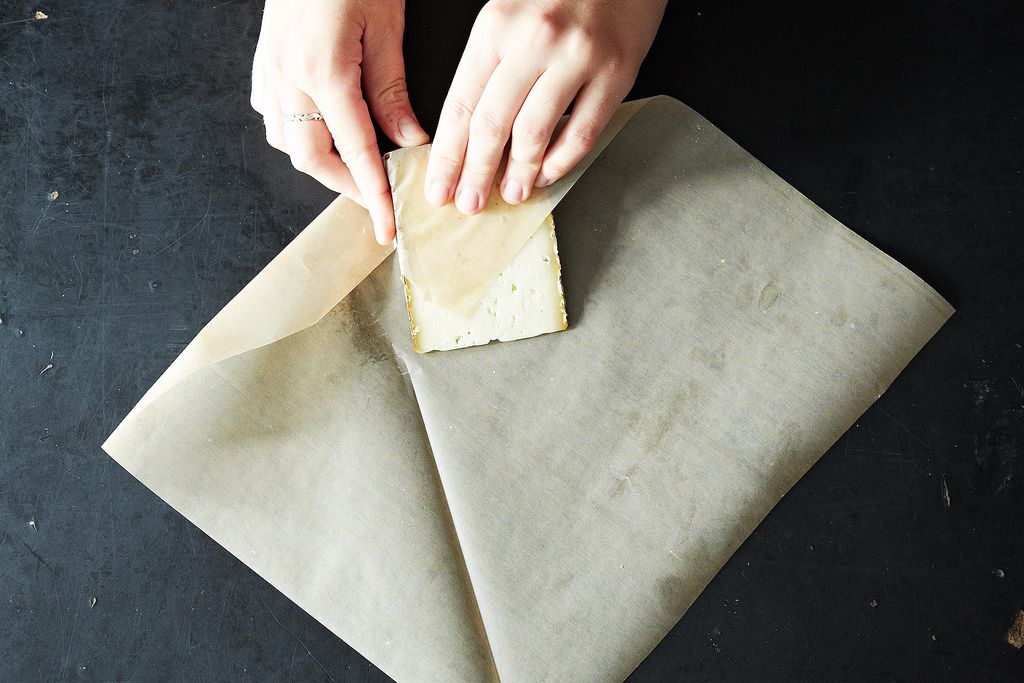
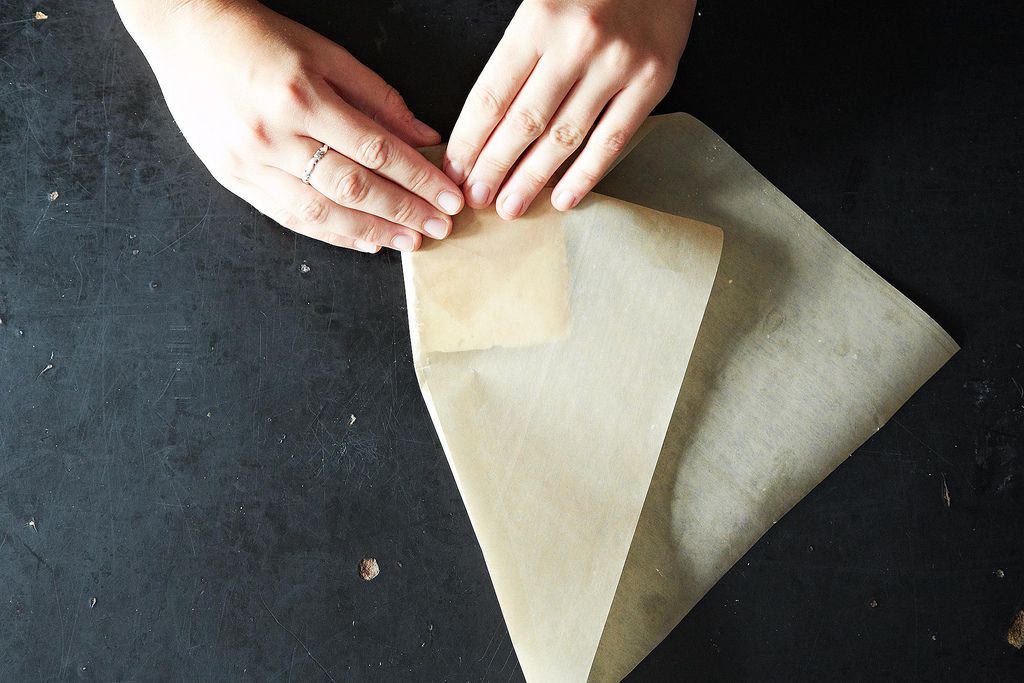
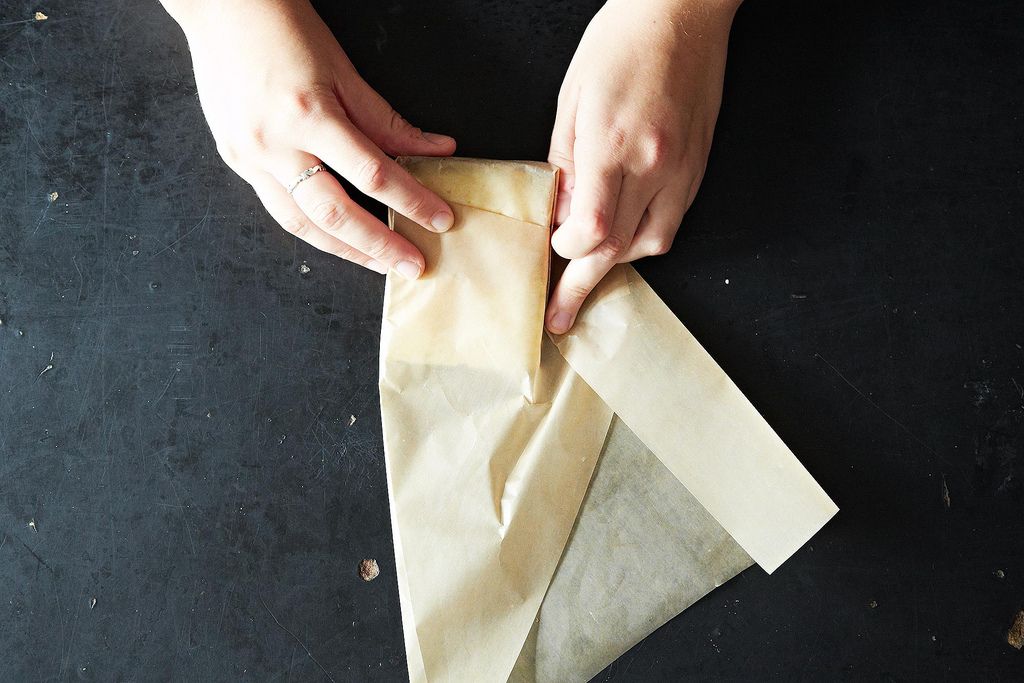
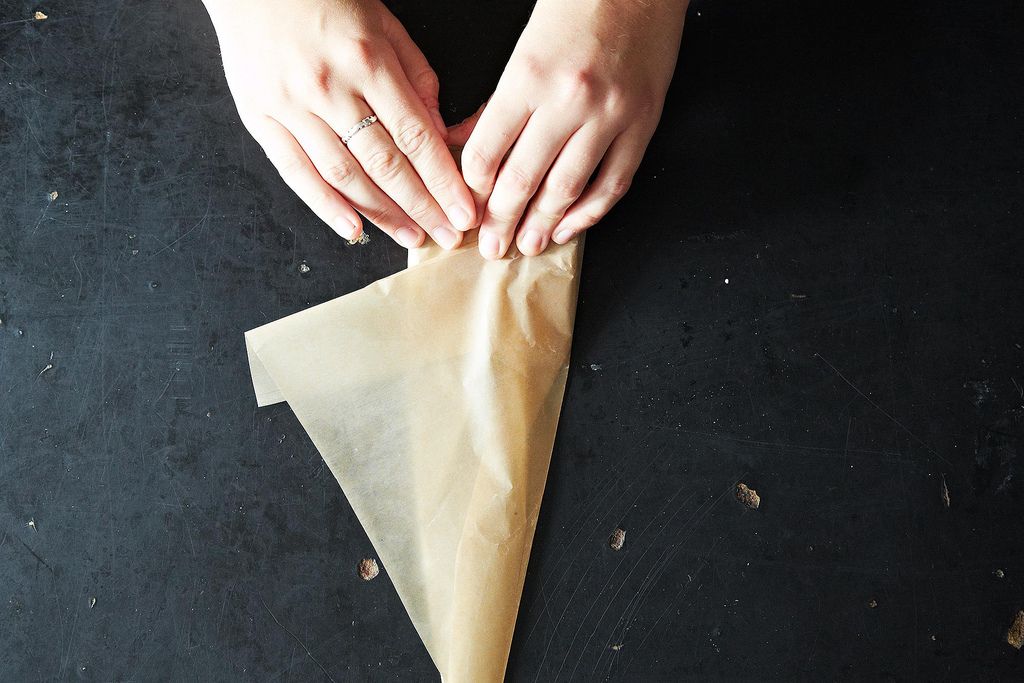
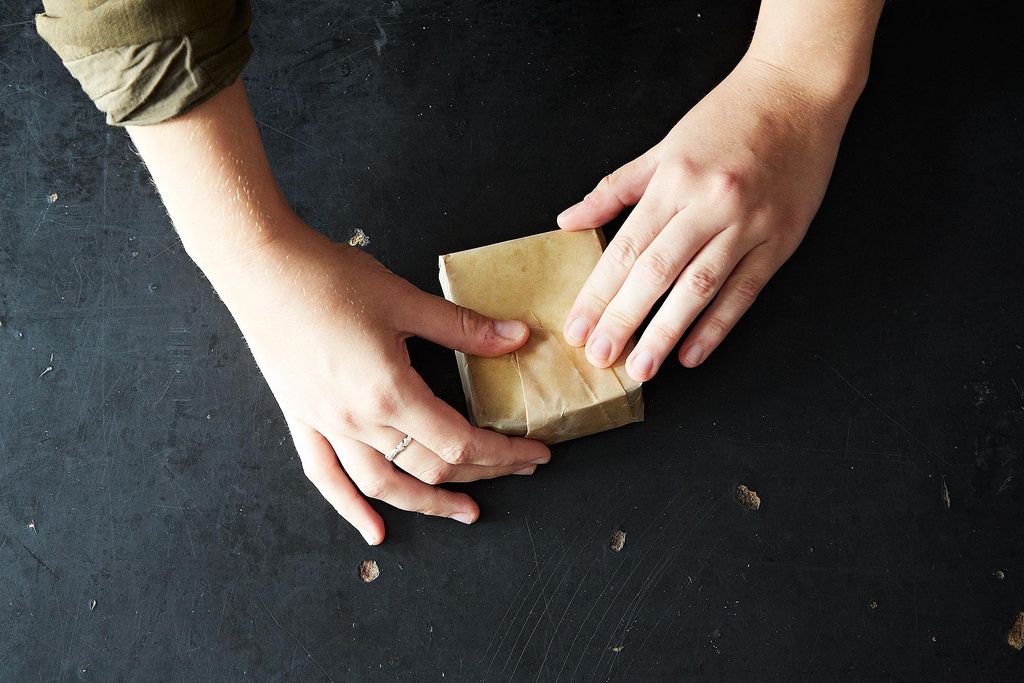
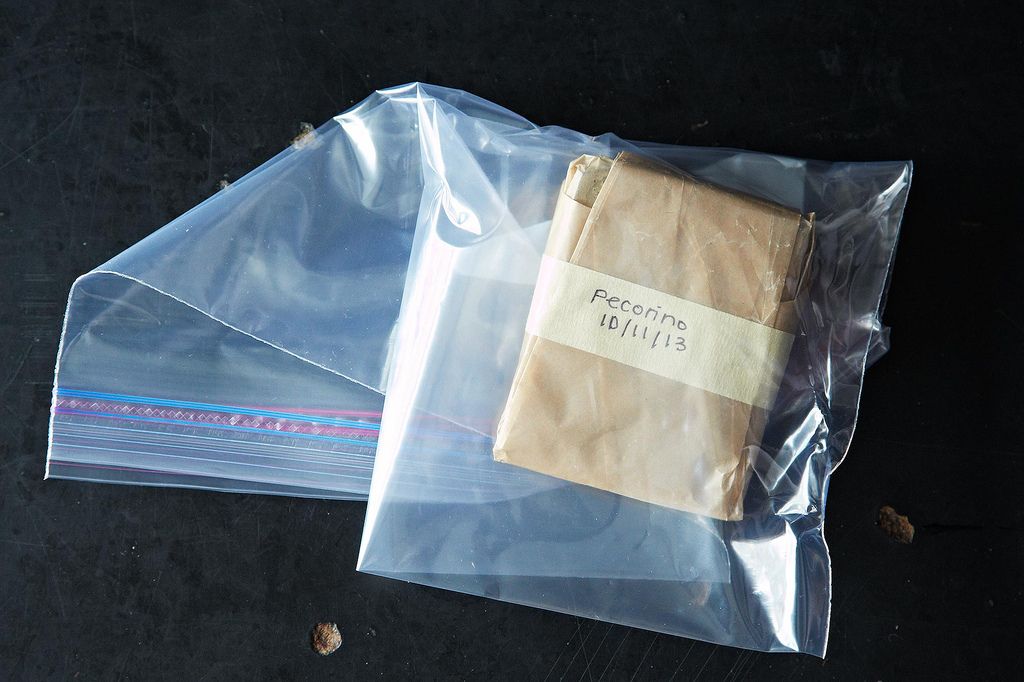
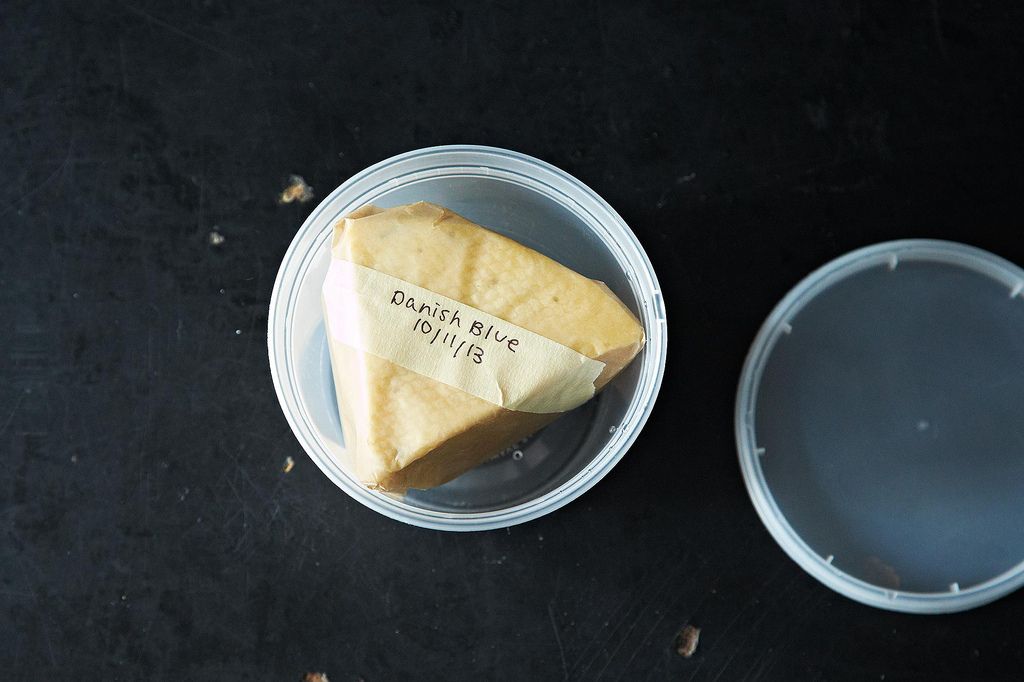
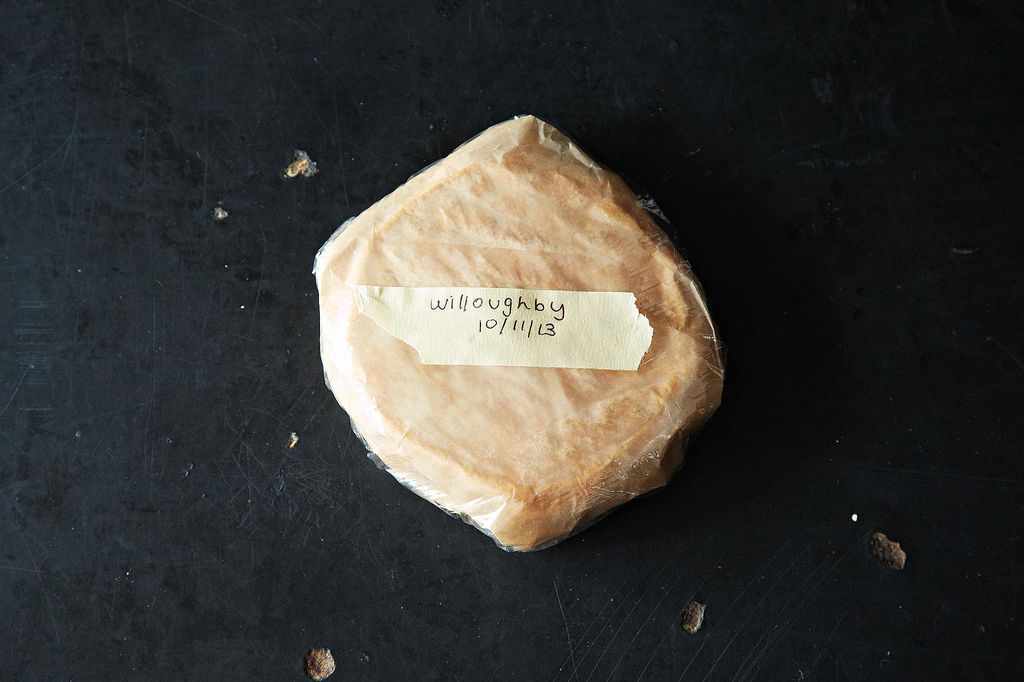
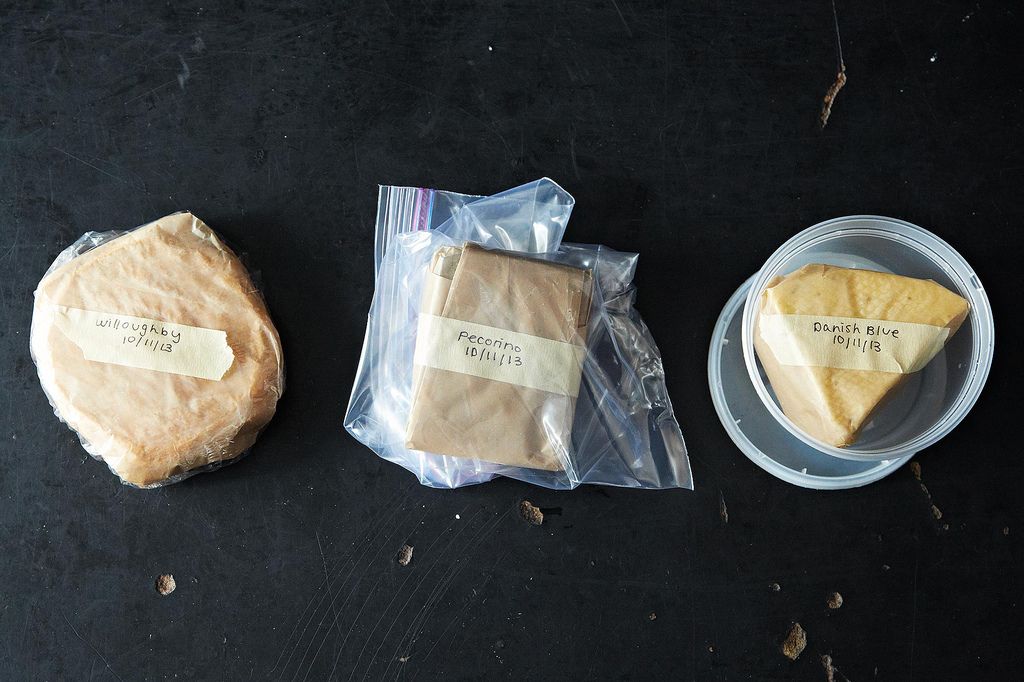
/74fa2f81-797e-4be8-b7b3-5d517305474a--2020-0327_seaweed-artichoke-melts_3x2_rocky-luten_034.jpg)
/6799d39b-f563-454b-a93f-c6203e4df3ca--2019-1106_sheet-pan-broccoli-cheese-rice-casserole_3x2_julia-gartland_235.jpg)
/bc715fdb-fc8e-472f-8fb6-3bc62ac63eb2--2019-1001_parmesan-crusted-chicken_3x2_julia-gartland_421.jpg)
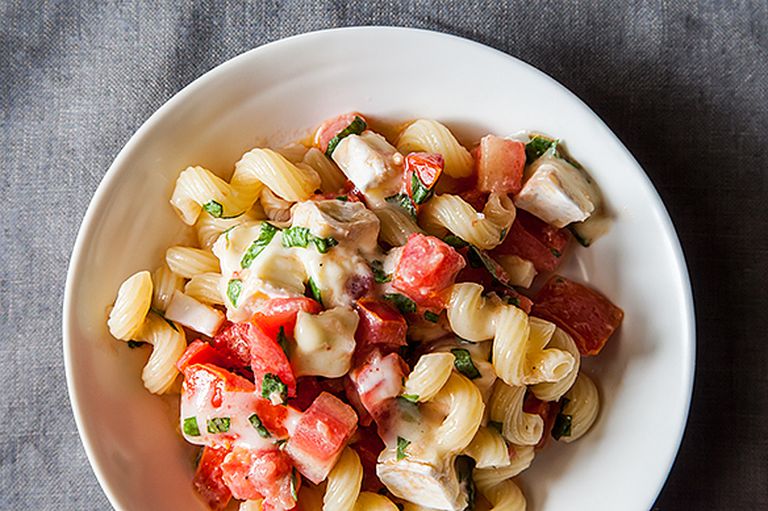

See what other Food52 readers are saying.